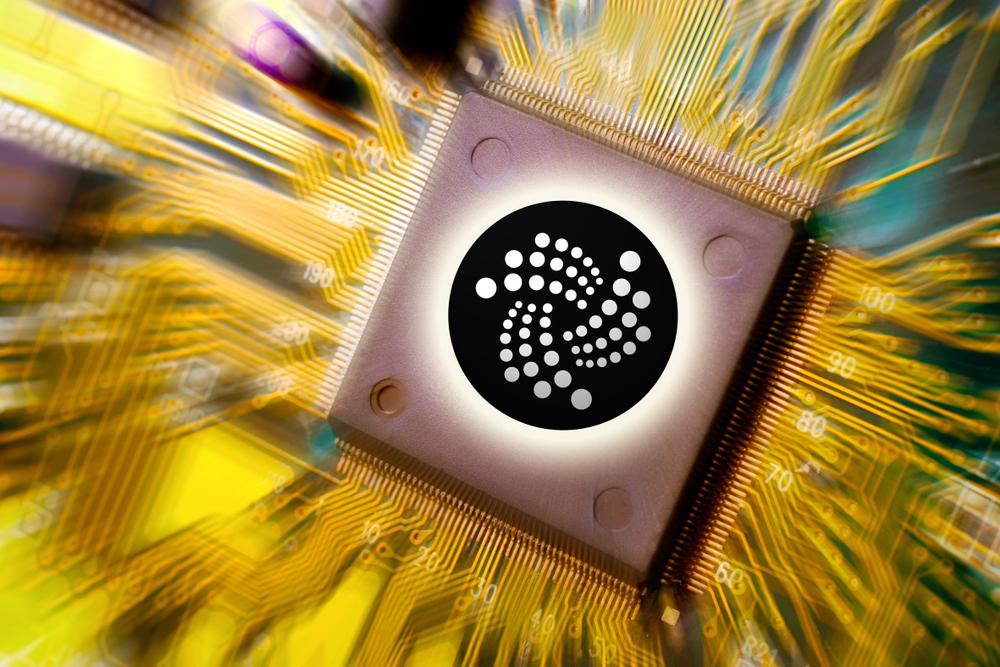- The German technology group Siemens has obtained two patents that reference IOTA and deal with the prioritization of transactions within a distributed database system.
- The German engineering and technology company Bosch has also been granted a patent for the design and operation of a digital payment system based on IOTA.
As we reported about a week ago, the number of patent applications that referenced the IOTA technology has increased to 111 patent applications from 44 companies by the end of 2019. Most recently, an approved patent from Siemens became public, which uses the IOTA token as part of a system to “protect application processes” to prevent brute force attacks.
The aforementioned patent was already the 13th from Siemens referencing IOTA. As became public a few days ago, the 14th and 15th patents have been approved by the European Patent Office. Both patents were filed in April 2018, but the patent procedure stipulates that the patent applications remain secret for a total of 18 months, which is why they have only now become public.
Both patents deal with the prioritisation of transactions. Specifically, the invention with the number EP3598364A1 is about time limits for transactions within a distributed database system. As Siemens notes, the problem with blockchains is that, for example, in Bitcoin a node selects a priority metric for each transaction and adds the transactions with the highest priority first.
The transactions are prioritized based on the “age” of the UTXO, which allows old and high quality inputs to be prioritized over newer and smaller inputs. Siemens sees a limitation in this technique. In detail Siemens has therefore developed a technique for reliably inserting transactions into a distributed database system.
For example, the insertion of at least one transaction from the multitude of transactions is patented on the basis of one or more time limits. Regarding IOTA, Siemens states:
For example, if a directed acyclic graph (DAG) is used (e.g., IOTA or Tangle), transactions or blocks or nodes of the graph are connected with each other via directed edges. I.e., (all) edges are (always) having the same direction, e.g., as observed for time. In other words it is, in particular, not possible to propagate through or visit transactions or blocks or nodes of the graph backwards (i.e., opposite to the common unified direction).
The second Siemens patent, which was also published in the database of the European Patent Office on January 22, is about traffic shaping for transactions of a distributed database system. Each transaction is classified into categories and assigned to a buffer queue. Prioritization can be done across the buffer queue.
Bosch patent causes a stir
The renowned German multinational engineering and technology company Bosch has already been granted a patent at the end of October 2019, which is currently under intense discussion on Reddit. Bosch apparently plans to develop a digital payment system based on IOTA. The document, which has been published at the European Patent Office under the number DE102018206460A1, is entitled “Procedure and device for operating a digital payment system”. In detail it states (freely translated):
The present invention concerns a method for operating a digital payment system. The present invention also concerns a corresponding device, a corresponding computer program and a corresponding storage medium. […]
DE102016206916A1 relates to an electronic method for cryptographically secured transfer of an amount of a crypto currency by a transaction of the amount from a source address assigned to a first client to a destination address assigned to a second client, wherein a plurality of clients is provided which comprises at least the first and the second client, wherein a respective wallet program for implementing a client node of the crypto currency is installed on the clients,
In the part of the document that specifically refers to IOTA, Bosch writes that the design of the system will be based on the IOTA Tangle:
An execution of the invention is based on the distributed database “Tangle”, which forms the core of the new crypto currency IOTA. Similar to a block chain, it can be assumed that none of the IOTA tokens will be issued twice or that a possible attacker can manipulate account balances in any other way.
Bosch already invested in the IOTA foundation in December 2017 through its venture capital arm, Robert Bosch Venture Capital (RBVC). As became public, Bosch bought an unknown amount of IOTA tokens to participate in the IOTA Foundation.
Follow us on Facebook and Twitter and don’t miss any hot news anymore! Do you like our price indices?
Recommended for you:
Subscribe to our daily newsletter!
No spam, no lies, only insights. You can unsubscribe at any time.




